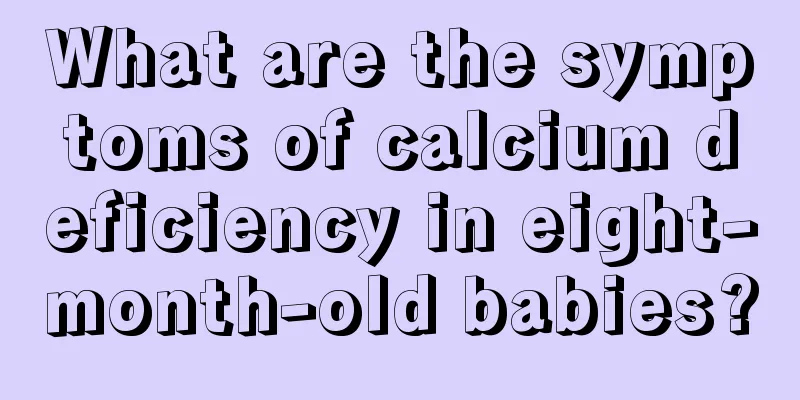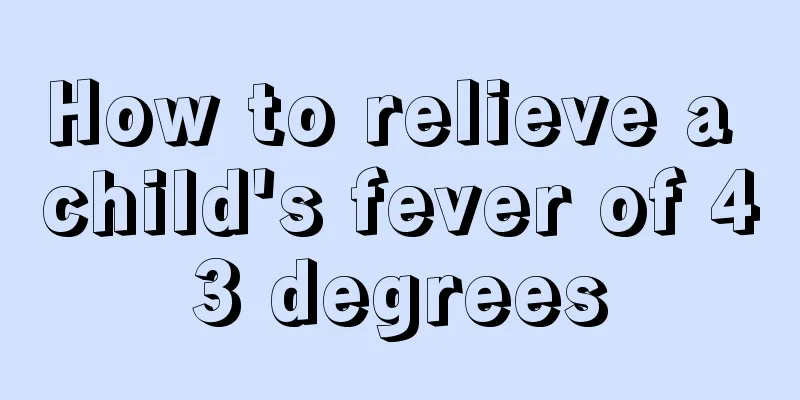What department should I go to for pigeon breast in children?

|
Pigeon chest is a medical disease, and many children with pigeon chest are born with it. This disease can cause serious problems with children's body shape, always giving the impression that their neck is very short. To put it bluntly, there are some deformities in the body. When encountering such problems, parents should use some methods to help their children receive treatment, and going to a regular hospital is definitely the right thing to do. So, what department should be consulted for children with pectus carinatum? Pigeon chest in children is usually a condition of skeletal dysplasia. It is usually a condition of local dysplasia. It is recommended that you seek treatment as soon as possible. It is generally suitable for orthopedic treatment. Causes In a small number of children, pigeon chest is congenital, but in most children, pigeon chest is caused by rickets. The skeleton of infants and young children is composed of cartilage. If the supply of vitamin D and calcium is neglected or insufficient at this time, calcium and phosphorus absorption will be impaired, resulting in osteomalacia. The connection between the chest ribs and sternum will sink inward, causing the sternum to bulge forward and form pigeon chest. This deformity often forms around 1 year old, but in fact, pigeon chest after 2 to 3 years old is the sequelae of rickets in children. In addition to pigeon chest, children often have other deformities, such as square head, "X" shaped legs, "O" shaped legs and so on. Treatment After chicken breast is formed, as children grow older and eat ordinary meals for nutrition, they get enough vitamin D, and calcium salts are deposited on the cartilage. The cartilage turns into bone, and the chicken breast is fixed as the basic framework of metabolism. At this time, chicken breast can no longer be cured by simple medicine and nutrition. Therefore, the prevention and treatment of pigeon chest in children must focus on preventing rickets. When treating pectus carinatum, attention should be paid to the age of the child and the condition of rickets. Rickets is often in the active stage before the age of 3 and enters the stable stage after the age of 3. The former is mainly used to treat rickets after pigeon chest occurs, while the latter is mainly used to correct deformities. For children with pigeon chest under 3 years old, anti-rickets treatment should be actively given, including diet therapy, vitamin D therapy, and calcium supplementation if necessary. Children over 3 years old mostly suffer from sequelae, and treatment with calcium and vitamin D is ineffective. Generally, mild pectus carinatum will gradually disappear as the body grows. Strengthening physical exercise, such as chest expansion exercises, push-ups, head-lifting exercises, etc., two to three times a day, can accelerate the correction of the deformity. |
<<: What to do if a child has warts on his face
>>: Causes of frequent parotid gland swelling in children
Recommend
Neonatal renal insufficiency
After a newborn is born, the doctor will conduct ...
What causes white spots on baby's tongue?
Many parents have found white spots on their baby...
What does diarrhea look like in babies?
Diarrhea is a common condition in babies. If the ...
The child got a swelling after getting BCG
Many doctors recommend that children be given the...
Precautions for newborn vaccination
Newborn vaccination can help children prevent dis...
What are the methods to treat cerebral palsy in children?
The number of children suffering from cerebral pa...
How many hours does the baby sleep through the night?
Some babies can sleep through the night when they...
What should I do if my baby doesn't grow meat?
As babies grow older during their growth and deve...
What is facial dermatitis in children?
What parents worry about most for children is der...
How do children grow taller?
The height of children at home is one of the aspe...
How to treat congenital astigmatism in children
Some children cannot see this beautiful world whe...
How to make your baby talk early
It is a surprise to parents when their baby start...
Causes of swollen lymph nodes in babies
The lymph nodes are located in our neck, which is...
What are the treatments for vitiligo in children?
Many patients with vitiligo in children are affec...
How can children grow taller?
With the development of society, people's liv...









